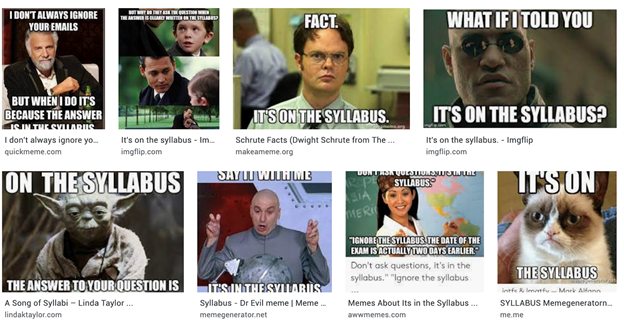
Note: The syllabus is this page.
Quantitative Economics for Business aims to introduce the practice of econometrics.
We will cover theoretical and practical aspects, but the emphasis will be on intuitive understanding. Real-world business applications will introduce econometric techniques and concepts. Learning by doing is essential to master econometrics: students will do a fair amount of hands-on work.
The methods taught in this introductory course are helpful in business (accounting, finance, marketing, management) and many social science disciplines (economics, sociology, and political science).
At the end of the course, students of Quantitative Economics for Business should know basic statistics and probability relatively well. They should be comfortable using R and should be able to report the finding of their analysis in a non-technical and literate manner. In addition, they should know how to estimate and interpret linear and nonlinear models.
Introduction to R
Review of probability and statistics
Univariate and multivare regression
Endogeneity and causality
Nonlinear regression models
Panel Data
Instrumental Variables
Introduction to Machine Learning
The textbook for this course is Stock and Watson's Introduction to Econometrics:
Stock, James H. and Mark W. Watson, Introduction to Econometrics, Addison Wesley; 3rd edition, ISBN: 1408264331
Stock and Watson's Introduction to Econometrics is nicely organized and easy to read. However, a more exhaustive treatment of the topics covered in this course is:
Jeffrey Wooldridge, Introductory Econometrics, South Western, fourth edition, 4th edition, ISBN: 0324788908
R is both a programming language and software environment for statistical computing, which is free and open-source. To get started, you will need to install two pieces of software:
R, the actual programming language.
Chose your operating system, and select the most recent version.
RStudio, an excellent IDE for working with R.
Note, you must have R installed to use RStudio. RStudio is simply an interface used to interact with R.
Here is a list of online resources that might be useful to master R:
| Day | Time | Classroom |
|---|---|---|
| Monday | 14:00 | 2 |
| Tuesday | 12:15 | 3 |
Lectures will be streamed live on Teams. A link to the stream will be made available on the Teams Channel a few hours before the start of each class. Lectures will not be recorded, and in-person should be considered the standard way of attendance.
I will not reply to emails. Instead, please, use the dedicated Teams Channel to get in touch with me.

Note: The syllabus is this page.
The final grade is based on:
Homework assignments (35%)
Midterm (35%)
Final exam (30%)
Students who do not turn in the homework assignments or do not take the midterm can take a (much) longer final exam worth 100% of the grade. This option is also available to students who prefer to forfeit their grades on both midterm and homework assignments.
I strongly urge students to take the midterm and turn in all the homework assignments – this option makes passing the course with a satisfactory grade more manageable.
Lecture slides. You can access these files under the Files section of the Teams Channel